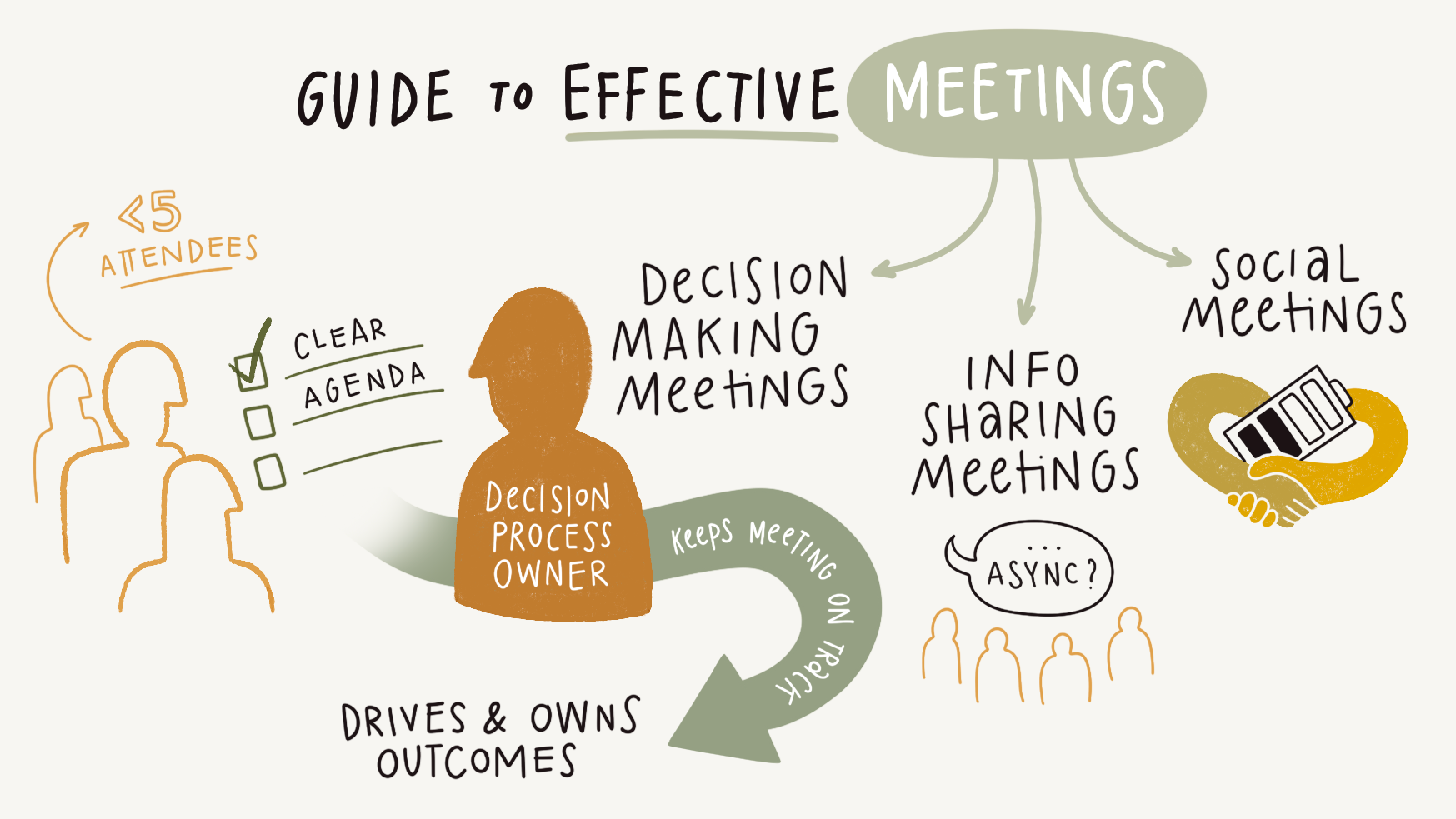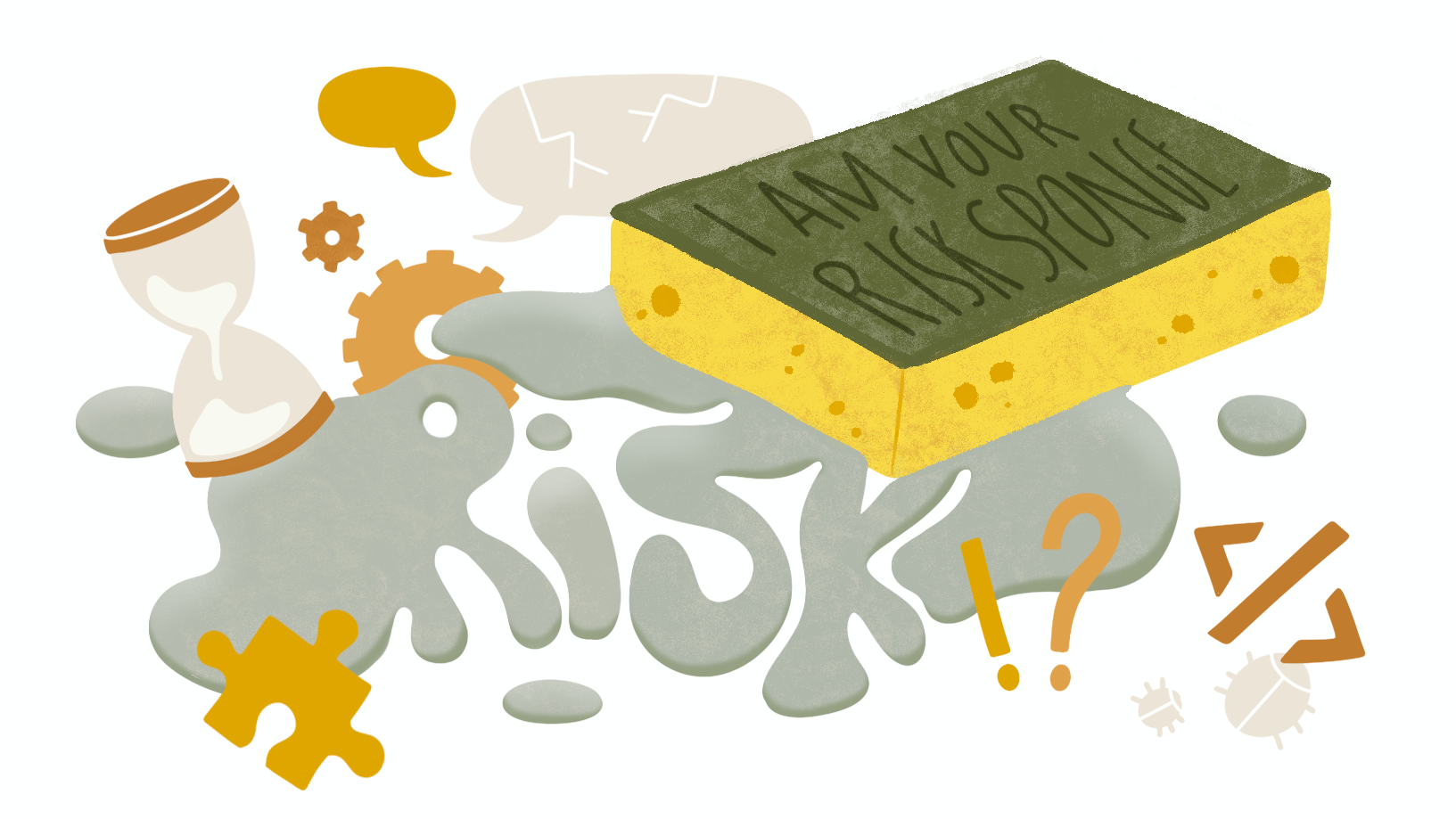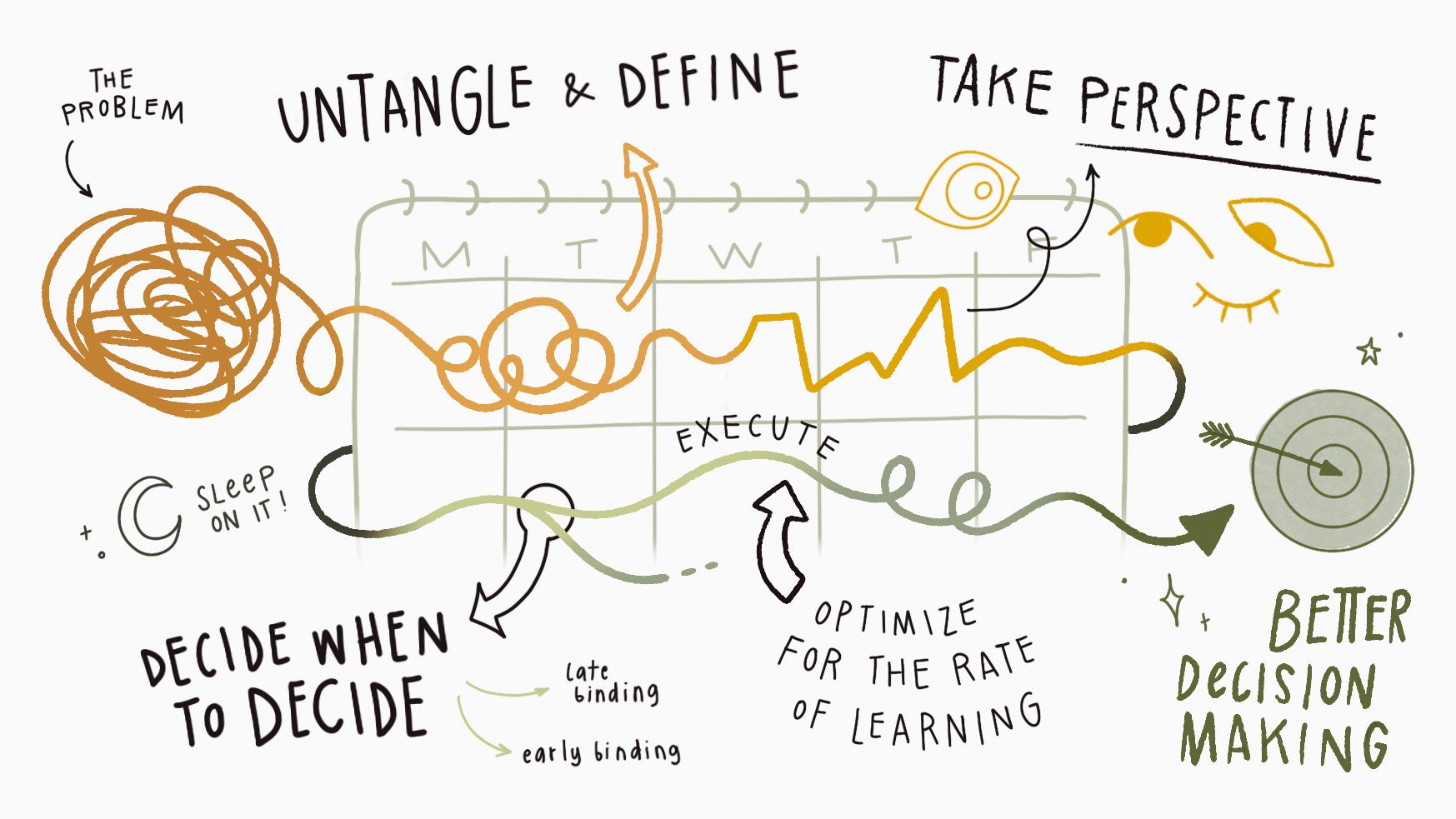Guide to effective meetings
Separate social, info-sharing, and decision-making meetings. Effective meetings require a process owner, agenda, preread, and curated attendees.

In broad strokes, there are three different types of meetings, each with a different primary goal and success function: social, information sharing, and decision making. Effective meetings are clear on the goal and optimize their structure to achieve the desired outcome – the less you mix these, the more effective you'll be.
-
Social meetings' primary goal is to charge the human-to-human trust batteries and build personal & group camaraderie. They occur in 1:1 and group settings, they're informal and optional but important as they build the social trust and foundation on which everything else is built.
-
Information sharing meetings' primary goal is efficient distribution of group-relevant information. Joint and up-to-date context on important initiatives and dependencies is the lifeblood of effective teams. If you find yourself repeating the same information to multiple people, make it a broadcast. For best results, make it async instead of forcing a synchronous meeting. A well-written or recorded async update...
- Is harder to produce but more efficient to consume, which is the right asymmetry as consumption cost is multiplied by the number of stakeholders.
- Enables more effective use of time: everyone consumes at their best time; reading is faster than listening; watching replays is faster than real-time.
- Provides built-in historical record and yields better feedback.
-
Decision-making meetings' primary goal is to optimize organizational velocity and rate of learning. Effective decision-making is good process that requires a well-defined problem statement, relevant information presented upfront, right stakeholders in the room, and a meeting leader to drive and own the outcome.
Making good decisions may require a meeting...
Meetings should be led and organized by the decision process owner. If you don't have one, nominate one. Diffuse ownership almost inevitably leads to an ineffective process: differences in opinion are not resolved or escalated, goals are unclear, and progress is haphazard.
Decision process owner should be hands-on and responsible for end-to-end execution, including exercising judgment to make a controversial decision or escalating up. They should set clear agenda upfront, communicate necessary pre-read materials, ensure that necessary stakeholders are present, keep the meeting focused and on track, record the decision, and communicate a summary of outcomes to the wider group.
Effectively guiding the decision process is not easy and requires a meaningful time commitment—both from the process owner and stakeholders—and skill to keep things on track. It's a learned skill and, like a muscle, it will feel hard and unnatural at first. Put in the reps, the payoff compounds over time.
Attributes of effective group meetings
Preparation costs should be proportional to meeting costs. A meeting between two people is cheaper than a meeting with ten, and the cost of a meeting with senior stakeholders and in a group setting compounds exponentially. The larger the cost, the more pre-work is required by the organizer: make the inputs to the meeting available ahead of time (ideally, at least a day in advance), communicate a clear agenda, and ensure that the right decision-makers will be present.
A clear agenda that is communicated upfront and an owner to keep the meeting on track and to record outcomes. No agenda, no meeting. The agenda should not be vague ("talk to about X"), and should clearly communicate the intended outcome and provide necessary pre-read material to make effective use of everyone's time.
Correct attendees and manageable size. Attendance in a meeting is not a badge of importance, it's a rapidly compounding cost that affects everyone's productivity. You cannot have a meaningful discussion with a large (for N > 5, in my experience) group. If you're in a meeting and not providing input, or disengaged, you don't need to be there—read the shared summary of the outcomes later. If the decision affects a large group, nominate a representative who can represent it.
Cancel the meeting if critical information is missing or a key stakeholder is unavailable. A great property of good pre-work is that, on occasion, it enables a decision to be reached without a meeting and through async communication. Otherwise, if key information to resolve the decision is missing or the stakeholder is unavailable, cancel or defer until that is no longer the case..
Recurring meeting slots should have an expiry date. Recurring slots can be highly effective synchronization points when working on a well-defined problem that requires multiple rounds of discussion or ongoing coordination. However, most outlive their purpose and degenerate into free-roaming status update sessions or on-the-fly problem-solving. The former is inefficient—see information sharing meetings—and the latter favors speed over quality of the decision process.
Subscribe to Ilya Grigorik's essays
Receive latest updates in your email inbox




